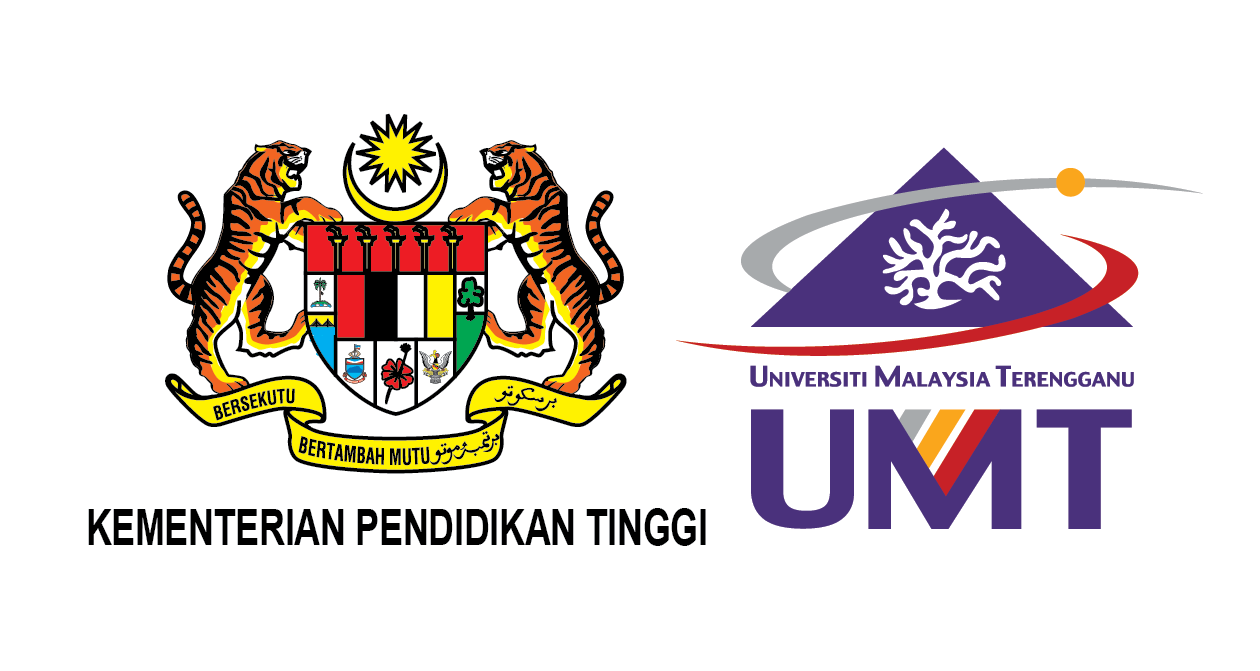Please use this identifier to cite or link to this item:
http://umt-ir.umt.edu.my:8080/handle/123456789/6916Full metadata record
| DC Field | Value | Language |
|---|---|---|
| dc.contributor.author | SHAIK. MD. NOORALAM BIN S.M. HUSSAIN | - |
| dc.contributor.author | WAN IZATUL ASMA WAN TALAAT | - |
| dc.date.accessioned | 2017-10-04T02:56:49Z | - |
| dc.date.available | 2017-10-04T02:56:49Z | - |
| dc.date.issued | 2009 | - |
| dc.identifier.uri | http://hdl.handle.net/123456789/6916 | - |
| dc.description.abstract | Sustainable biodiversity conservation and management has become a major global concern. As a developing country hoping to become a developed one by the year 2020, Malaysia faces a dichotomy between protecting its environment and executing its development master plan. The fear thatprotecting the environmentmay hinder development has in fact turned out to be dubious in lightofevidences, particularly in the developed countries, showing that environmental protection and development are mutually reinforcing. In the areas ofenvironmental management and pollution control, our imperfect science has nevertheless become a major source ofuncertainty in our society. The advance in biotechnology, especially in genetically-modified organisms or transgenic food has resulted in fear that the existing biodiversity will eventually be transgressed. While research will continue and, in some urgent cases, be intensified to provide answers and resolve uncertainties, decision-makers need to decide between allowing or prohibiting certain activities that are, in some respects, of immediate benefit to society but are nevertheless perceived as possibly harmful to the future ofthe environment albeit the absence ofany scientific proof. To deal with such predicaments, decision-makers in many jurisdictions and in many situations resort to the Precautionary Principle, which in essence allows decision-makers to err on the side ofcaution. As a Contracting Party to the Convention on Biological Diversity (CBD) and its Cartagena Protocol on Biosafety (the Protocol), Malaysia has carried out, to a certain extent, her specific and broad obligations under both CBD and the Protocol by enacting the Biosafety Act 2007. This Act essentially incorporates many important matters covered by the CBD and the Protocol, giving these matters domestic legislative expression. Among such matters is the Precautionary Principle or perhaps the semblance of it. This paper is divided into four parts: Part I provides the introduction of how the Precautionary Principle comes into being as well as describes the methodology used in this research; Part II provides an explanation of the Precautionary Principle as it is most commonly understood taking into account the varied articulations of the Principle in many international regulatory regimes on the environment; Part III of the paper focusses on the critical analysis of the articulation of the Principle in the form of section 35 of the Biosafety Act 2007; and Part IV concludes the paper with observations on the extent the Malaysian articulation of the Principle has complied with or deviated from the defining characteristics of the Principle as explained in Part II. | en_US |
| dc.language.iso | en | en_US |
| dc.publisher | Journal of Sustainability Science and Management | en_US |
| dc.subject | Precautionary Principle - Sustainable biodiversity conservation and management | en_US |
| dc.title | THE PRECAUTIONARY PRINCIPLE IN MALAYSIAN BIOSAFETY LAW | en_US |
| dc.type | Article | en_US |
| Appears in Collections: | Journal Articles | |
Files in This Item:
| File | Description | Size | Format | |
|---|---|---|---|---|
| 16.Dec09.pdf | 12.45 MB | Adobe PDF | View/Open |
Items in UMT-IR are protected by copyright, with all rights reserved, unless otherwise indicated.

